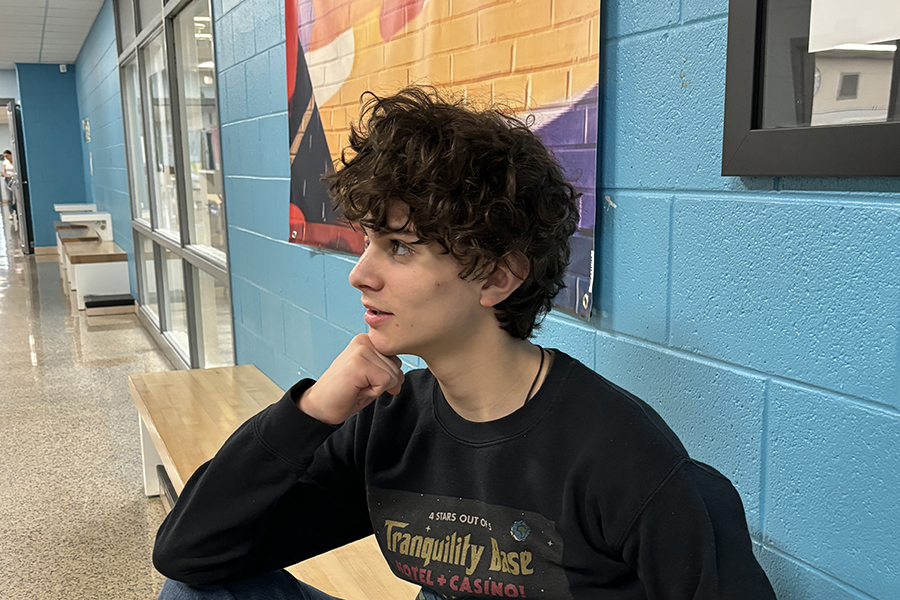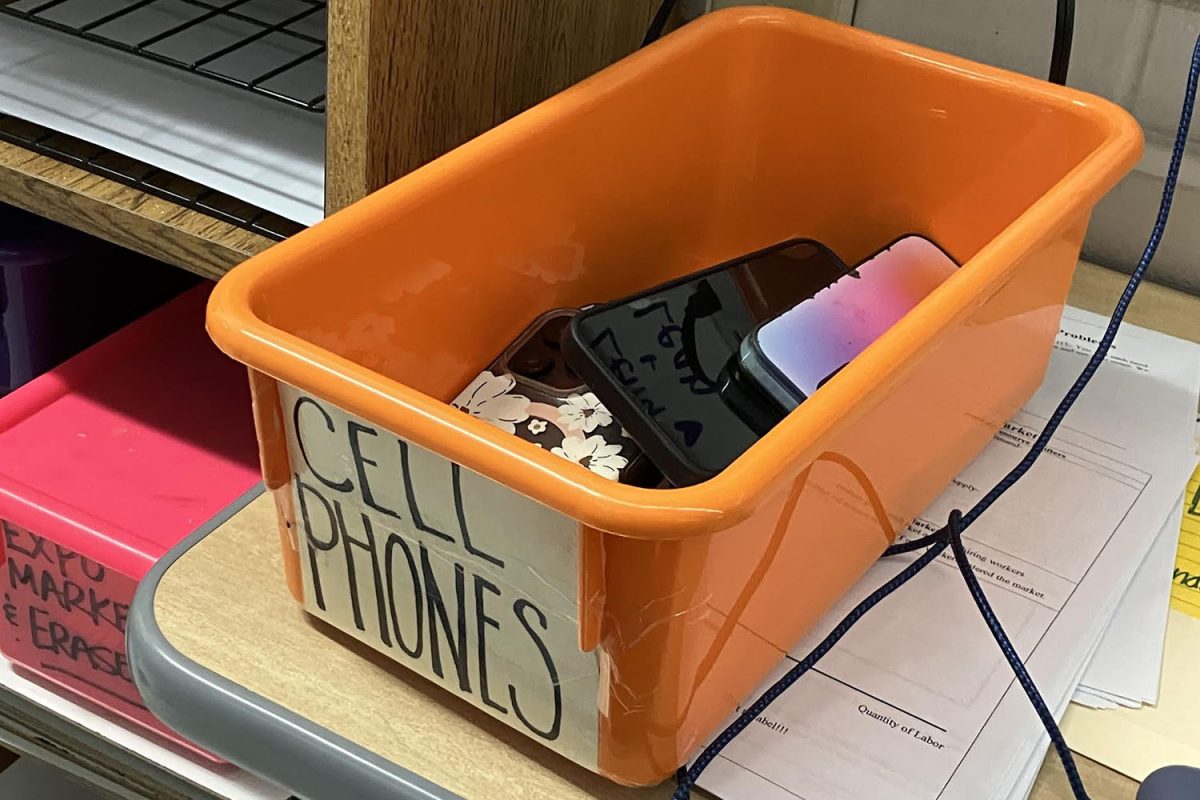The Government Takes On Juul

Credit: U.S. Food & Drug Administration
November 1, 2018
The federal government began investigations into the use of electronic cigarettes and vapes last year. Recently, however, some more severe measures have been enacted. The Food and Drug Administration (FDA) is increasing regulations for vape production, especially for young people.
In a statement released on September 12, FDA Commissioner Dr. Scott Gottlieb clarified the organization’s intentions: “But let me be clear that nicotine isn’t a benign substance. This is especially true when it comes to children, and the effects that nicotine has on a developing brain. That’s why we need a strong regulatory process that puts these new products through an appropriate series of regulatory gates.”
One goal is to make sure the products’ marketing is “appropriate for the protection of the health of the overall population. And we need a regulatory process that keeps these same electronic cigarette products out of the hands of youth.”
This initiative included a project in which the FDA and Federal Trade Commission working together to limit “misleadingly labeled or advertised e-liquids resembling kid-friendly foods like juice boxes, candy and cookies.”
Gottlieb expressed that companies told to stop by the FDA no longer sell items geared towards kids and teenagers.
However, he still believes that child nicotine use has “reached nothing short of an epidemic proportion of growth.” Gottlieb added, “The FDA won’t tolerate a whole generation of young people becoming addicted to nicotine as a tradeoff for enabling adults to have unfettered access to these same products.”
One of the corporations the FDA was focused on was Juul Labs, owned by the larger company PAX Labs. The product is an e-cigarette that’s designed to look like a flash drive. It consists of the Juul and separately-sold pods. Juuls also come in many flavors.
Juuls are intended for adults who are looking to quit smoking. However, their convenience (especially considering they’re purchasable online) and discrete shape have attracted youth all over the country. In the past, Juul increased the age of models in their ads and changed the names of flavors to detract from appealing to underage consumers. For example, the flavor crème brûlée is now creme and cool cucumber has simply become cucumber. *
According to the New York Times, the company’s total value, since it started in 2015, is $16 billion. The Times also reported that the attorney general of Massachusetts is leading an investigation into how Juul is preventing those under 18 from illegally buying its vapes and pods.
In late September, the FDA seized over one thousand documents from Juul Labs as part of its investigation.
Juul Labs’ mission statement, the first thing that appears on their website, is to help smokers stop using cigarettes, both for health and environmental issues.
The website also immediately specifies that you must be 21 years old to purchase anything and that it’s “illegal to sell or resell our product to minors.”
“We have pledged an initial investment of $30M over the next three years dedicated to independent research, youth and parent education, and community engagement…We support effective legislation and regulation to prevent the purchase and use of our products by minors.”
Juul also wrote that “packaging will include a prominent nicotine label and the additional statement ‘The alternative for adult smokers.’”
Juul says it’s working with parents and teachers to educate about teen nicotine use, and it also claims to check its stores and online suppliers to ensure everything is bought legally.
Vogue reported, “To put it simply: The Juul is a perfectly developed combination of the two most addictive things in our society: nicotine and technology. And yes, we’re talking about the same kind of nicotine found in regular cigarettes.”
“But perhaps the biggest red flag lies in the fact that doctors and researchers still don’t know what long-term effects these vapes can have on our lungs.”
*(Source: New York Times)






















